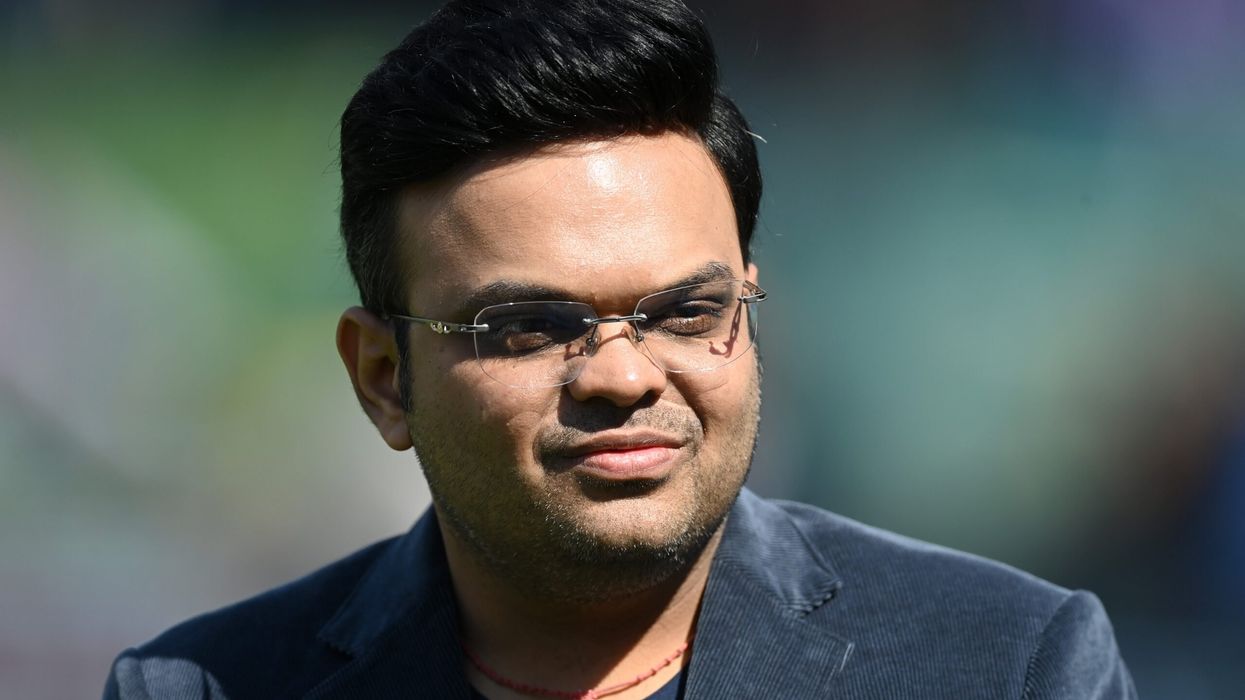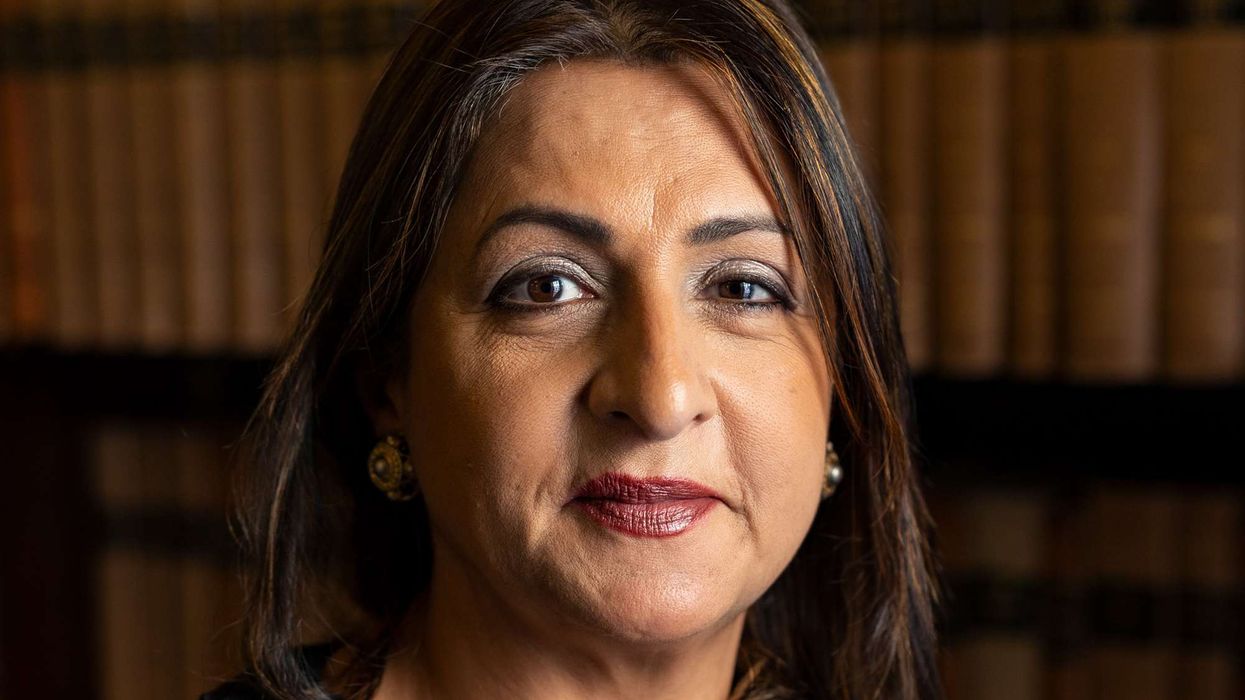JAY SHAH, the Indian cricket administrator, began his term as chairman of the International Cricket Council (ICC) on Sunday.
Shah, 36, is the youngest person to hold this position. He was elected unopposed by the ICC in August, succeeding Greg Barclay, who chose not to seek a third term.
"Cricket holds immense potential globally, and I look forward to working closely with the ICC team and Member countries to seize these opportunities and take the sport to new heights," Shah said in a statement.
Shah also highlighted key priorities for his tenure, including preparations for cricket’s inclusion in the 2028 Olympics and efforts to make the sport "more inclusive and engaging for fans worldwide".
He said this was a pivotal moment for cricket, with "the coexistence of multiple formats and the need to accelerate the growth of the women's game".
Shah's rise from leading the Board of Control for Cricket in India (BCCI), the world's richest cricket board, to chairing the ICC reflects India's significant influence in global cricket governance.
In India, where cricket often intersects with politics, Shah is widely recognised as the son of Amit Shah, the country’s home minister and a key figure in Prime Minister Narendra Modi's administration.
The ICC, which governs cricket globally with over 100 members, is responsible for organising major tournaments such as the World Cup.
Shah's tenure begins at a critical time, with uncertainty surrounding next year’s Champions Trophy. India has refused to travel to host nation Pakistan, and ICC sources recently confirmed that talks to resolve the issue are ongoing.
(With inputs from AFP)












